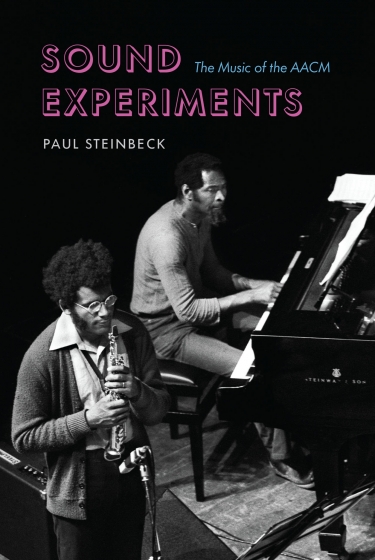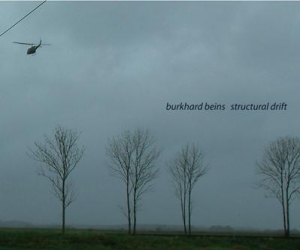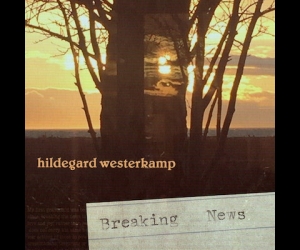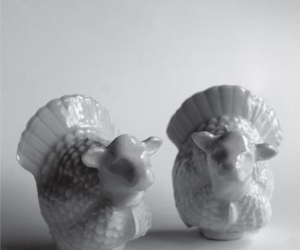
The Association for the Advancement of Creative Musicians (AACM) has been a guiding force in creative music since its inception in Chicago in 1965. Its membership has included a veritable who’s who of the jazz avant-garde scene, such as Muhal Richard Abrams, Anthony Braxton, Roscoe Mitchell, George Lewis, Tomeka Reid, Henry Threadgill, and Nicole Mitchell, to name only a few. Although there were other collectives focused on fostering Black music within the United States that appeared throughout the same period, they were mostly short-lived. The AACM has not only survived to the present day, but is thriving in the twenty-first century and maintains a position at the forefront of experimental music.
Paul Steinbeck has been writing extensively on the AACM, as well as its associated ensembles and key figures, for well over a decade. In that time, fans and scholars have seen a growing number of texts related to the collective appear, with no sign of slowing down as its sixtieth anniversary quickly approaches. While other writers have dealt almost exclusively with documenting the AACM’s history, a vital undertaking unto itself, Steinbeck sets himself apart by pursuing the formidable task of providing detailed analyses of the music along with relevant historical context. This is a similar model to the one Steinbeck established in Message to Our Folks, his definitive study of the AACM’s flagship band, the Art Ensemble of Chicago.
Sound Experiments’ nine chapters examine a wide breadth of improvisations, compositions, and recordings across six decades of activity. Beginning in the 1960s and progressing chronologically, Steinbeck provides an engrossing outline of the early days of the AACM, when members were “transforming themselves from jazz players into experimental composers.” Yet he attentively keeps at the forefront the fact that the AACM’s “compositional turn did not lead to a wholesale adoption of classical music ideology.” As we continue to lose members of the AACM’s first wave with each passing year, we are still trying to understand this important period in the history of music, and make sense of it where there is sense to be made. To that end, this volume does much to fill existing gaps in the literature.
Along with the author’s own transcriptions, many reproductions of the artists’ original scores, when available and relevant, are included side-by-side with the analyses. Though the music singled out for analysis covers a broad spectrum of activities (including improvisation, notated composition, solo performance, works for small and large ensembles, studio and live recordings, and an improvising computer program), each selection is presented and examined in an individual manner with unique and appropriate tools. In this way, many links between the compositional and improvisational practices of the individual AACM members are illuminated without the text ever feeling repetitive, and a collective aesthetic that has flourished across multiple generations becomes unmistakable.
The music of the AACM can, at times, present high barriers of entry for those who wish to be initiated into the association’s various working methods. For example, Anthony Braxton’s Composition Notes book series proffers five volumes, totalling nearly three thousand pages of challenging text in the composer’s own idiosyncratic prose. Though these exhaustive volumes are, of course, invaluable resources for those seeking a meticulous understanding of the composer’s work, Steinbeck’s ability to elucidate so many aspects of the music in such a concise volume is remarkable. However, to call this a crash course in the music of the AACM would be inaccurate; Sound Experiments affords the reader insights they will find nowhere else.
While other writers, and AACM members themselves, have articulated the barriers the AACM and their associates have continually fought against in order to claim their seat at the table of experimental music, Steinbeck expands these discussions and turns a critical gaze on the association itself. He details the work that was required in the mid-’90s to remedy the fact that the Chicago chapter had not admitted any women since 1981. In one of the most valuable parts of the volume, the author sheds light on how the AsACM overcame this deficiency and reached new heights as a direct result of the strong female leadership they have since enjoyed.
Sound Experiments should be considered essential reading for anyone interested in jazz and creative music. Steinbeck continues the ongoing task of situating the work of the AACM within the history of experimental music and composition, while always making clear the myriad ways that this music sets itself apart.


